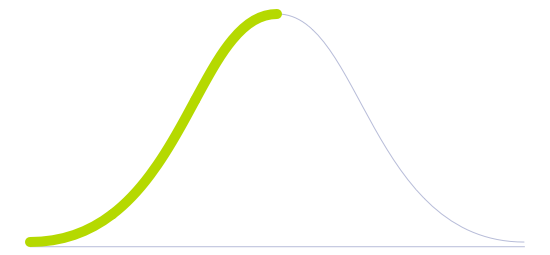Additive Manufacturing

Technology Life Cycle
Sales growth slows as the market becomes saturated. The technology is well-established and competition peaks, leading to price drops and marginal improvements.

Technology Readiness Level (TRL)
Prototype is fully demonstrated in operational environment.

Technology Diffusion
Adopts technologies once they are proven by Early Adopters. They prefer technologies that are well established and reliable.

Additive manufacturing, often called 3D printing, empowers manufacturers to streamline production processes, saving time and resources. This solution involves building three-dimensional objects layer by layer, as opposed to traditional subtractive manufacturing methods, which involve cutting away material.
This process is especially critical in rapid prototyping, short-run manufacturing, and on-demand production, promoting agility and reducing lead times. Additionally, it fosters innovation by making it feasible to create intricate, lightweight structures that were previously impossible to manufacture.
Additive manufacturing starts with a digital design, which is then sliced into numerous cross-sectional layers. The technology then precisely deposits material layer upon layer, gradually forming the final product. This approach offers significant advantages, such as reducing material waste, enabling complex geometries, and enhancing customisation capabilities. While Polylactic Acid, commonly known as PLA, is the most used filament in 3D printing due to its inexpensiveness, durability and dimensional accuracy, possibilities are emerging in other industrial materials, such as metals, glass, cement and ceramics.
Future Perspectives
Driven by the use of analytics and big data, businesses would offer products and services for specific personal needs stored in the cloud. In addition, consumers would be able to better control the use of their personal data and have an active voice during negotiations. In the shipping industry, this sort of data could prevent unnecessary deliveries, performing only ones that will actually be accepted with good profit margins. With this technology, market engagement would reach a very high state of awareness.
Thanks to the immense amount of data provided by each consumer, it will be possible to use algorithms that actually predict what a given demographic group would like to buy before anyone in that group actually becomes aware of that demand.
Image generated by Envisioning using Midjourney